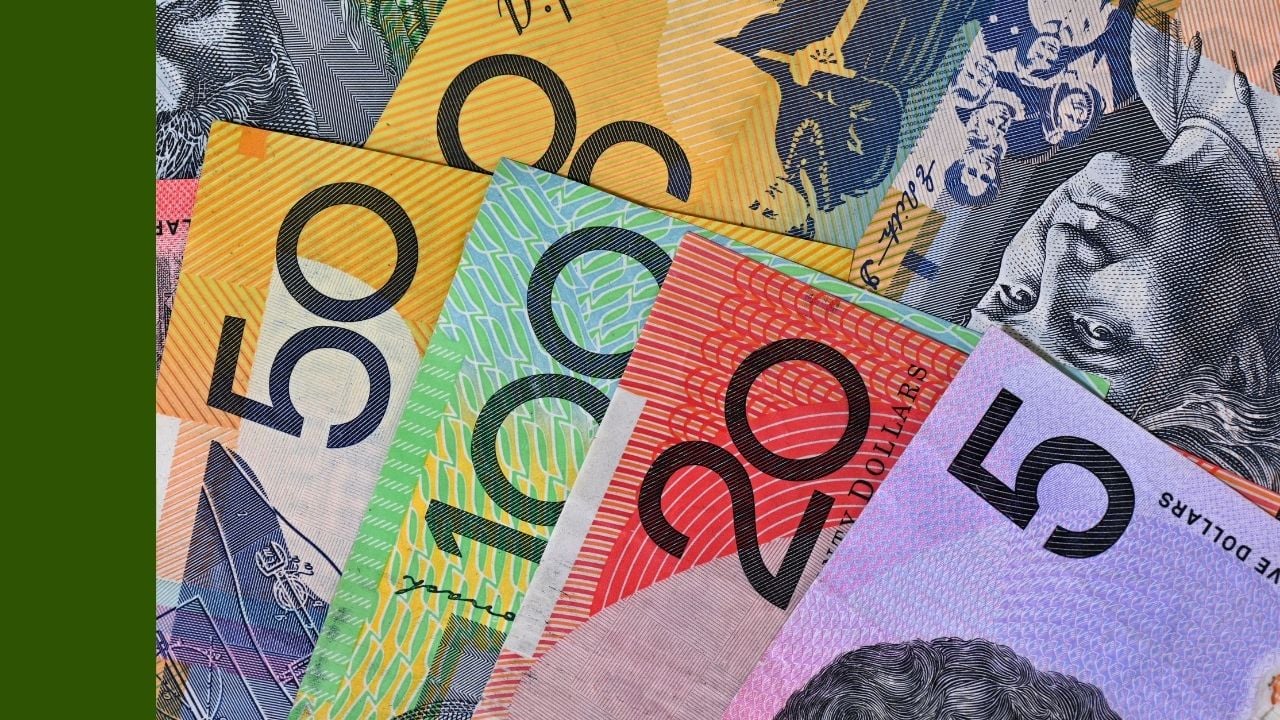There’s another reason to consider selling National Australia Bank Ltd (ASX: NAB) shares after this week.
NAB is one of the four largest financial institutions in Australia in terms of market capitalisation, earnings and customers. However, in 2018, it was Australia’s largest lender to businesses and has operations in wealth management and residential lending. It also operates the online-only Ubank.
2 Reasons To Consider Selling NAB Shares
NAB Was Selling Prohibited Products?
An investigation by The Sydney Morning Herald and The Age alleges that big four bank NAB had been selling prohibited products.
The allegation is that NAB Chairman Dr Ken Henry knew the bank was selling products that weren’t allowed.
According to the Australian Financial Review NAB was allowing self-managed super funds (SMSFs) to borrow money to invest in managed funds.
However, SMSFs are not allowed to borrow to invest except in circumstances where this is a limited recourse borrowing arrangement (LRBA) in place.
The point of a LRBA is that they are limited to a single asset and must be held in a separate trust in order to limit the lender’s recourse.
What’s NAB’s response? It’s reviewing its products but is not keen on replacing Dr Henry any earlier than is already scheduled.
For me, the problem is that we don’t know what the fallout of this will be yet, which is why I wouldn’t be confident holding shares.
Tough Operating Environment
Banks essentially provide a commodity-like product of a loan. They can’t just charge whatever they like, it has to be similar to competitors for a chance of winning new business.
That means that they’re heavily reliant on credit growth, ie new loans, to drive profit higher. The growth of the population and economy are important for this. Credit growth is at a low point right now with Australia’s house prices flat for now.
New competition from neobanks, the big US tech companies and many others could drive net interest margins (NIM) slowly lower and lower over time.
Is There Anything Good About NAB?
Looking at its earnings it does seem cheap at under 13 times the estimated earnings for 2020 financial year, it also probably has a fully franked dividend yield of 5.8%.
But it’s probably as big as the bank is going to be except for low single digit income growth and profit growth per year over the long term, meaning I think there are better opportunities such as the ones in the free report below.
[ls_content_block id=”14945″ para=”paragraphs”]
[ls_content_block id=”18380″ para=”paragraphs”]








